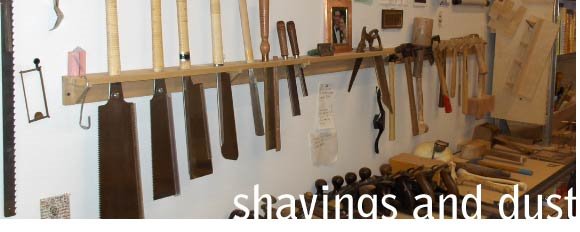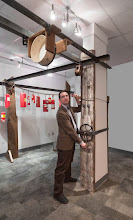at the RISD library there is a room called the “Picture Collection.” It is one of my favorite places in the whole school, and I recently had an opportunity to show it off to a couple of visiting students, which brought it back to the front of my brain.
It is like the NYPL Picture Collection, for those of you familiar with that. It is a series of filing cabinets filled with folders, each of which if stuffed with pages torn out of magazines over the years. Every folder has a subject matter, so there is a “Sports-Cricket” folder for example. As well as an “Animals-Cricket” folder. And a “Furniture-Georgian” and an “Architecture-Korea” and a “Political Personalities.” The list goes on an on, it fills a 2” binder, neatly typed and cross-referenced. You find the category you want to look at and ask for the folder, and you can check out up to 50 images at a time to take with you. Pretty amazing. You actually get to take these laminated pages with you to use as reference or as inspiration. I used it all the time when I was in school.
Part of what I love about this analog approach is that it relies on my object recognition rather than a computer’s. I was talking with an acquaintance the other night about how we recognize images and objects, about the way that we are able to understand (in a way that a computer is not) that an image of a red vase is an image of a red vase whether it is a digital photo with the file name DSC_00000546 or an actual photograph or an actual object (a real red vase, in this example). The computer (so far) is programmed only to recognize files named “red vase,” and not to be able to see a red vase in an image of a dining table that is named “Dinner at Dave’s house.” (though my acquaintance is of the opinion that it is coming not too far off, a prospect that is intriguing and terrifying at the same time).
But the real thing I love about the Picture Collection is the sloppiness. As I am looking at these photos I often will see something in the background or in the corner of the page that is intriguing or helpful, something that sends me off down another path in my research. It can be linear, on the worst days when I am not paying attention, but it is at its strongest when it is circular or ovular or explodes out across a variety of fields and categories.
In the design process, as in life, an amount of slop is not only allowable, it is necessary. The creative process and the design process demand that our thinking be kept as open as possible for as long as possible, and they tend only to end in a pleasing and satisfying and thoughtful way when we keep away from the straight and narrow.
There is a similar amount of slop in the way that we are built, slop that allows us to stretch and contort in ways that are not in line, strictly speaking, with our direct biological functions. This lets us do things like yoga and gymnastics, but also allows us to squirm into the bilge to get at a recalcitrant bolt that is ‘way up in a tight little place, for example, or pick one very tiny screw up off the floor where we dropped it. It also lets us function with one kidney, and to learn to adjust to losing a limb. The physical slop allows us to learn new ways of functioning, and to constantly grow and adapt.
When Matthew Crawford talks about being a “knowledge worker” he recounts being forced to adhere to a “knowledge quotient (how’s that for a terrifying phrase?).” The system that he had to follow, which is like a lot of systems that a lot of us have to follow professionally, did not account for varieties in understanding and thinking. It required a codifying of thought and action regardless of the situation to the point that the actual product was not only negatively compromised, it was actually, in its way, harmful. What he experienced was an intellectual version of the Industrialist’s Creed introduced in “Cradle to Cradle:” If brute force isn’t working, you aren’t using enough of it.
When I am looking at the planks for a new project, I spend a great deal of time laying out the pieces on the raw wood, making time to try many different options before I cut into the raw material and start to give it a new form. I look at the color and swirl of the grain of the wood, flipping the planks again and again in an effort to give the wood the greatest possible voice, the most harmonious possible outcome. All thoughtful woodworkers do this, it is a common beginning step, one that enters into the dialogue with the wood that I am always writing about, and that ensures a beautiful finished piece. Industrially produced furniture often indicates a lack of sensitivity to this step, being more interested in fitting the largest number of final pieces into a given board and sacrificing a pleasing finished object.
The less slop that gets built into system, whether it is a physical system, an intellectual system, or an educational system, the less likely the system will be sustainable over the long term and the more likely that the end result will be less than it could be. In our desire to codify and systemise, we often lose the very thing we are trying to achieve.


2 comments:
Check it out I think this post on quilts supports your arguement.
PS. Crawfords book is what I read when I can't fall asleep. Boring and reads like it was written by a half wit.
http://lloydkahn-ongoing.blogspot.com/
Scrap Wood
My comments in reference to Mr. Crawford were rude and I apologize for them. He does point out many good points it was just so hard to read the book.
I like you site and thoughts Zeke and hope you will forgive my loud idiocy.
Scrap Wood
Post a Comment